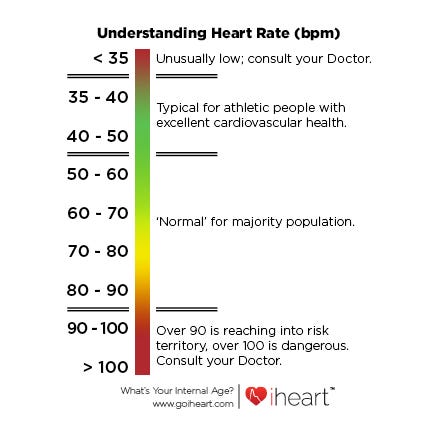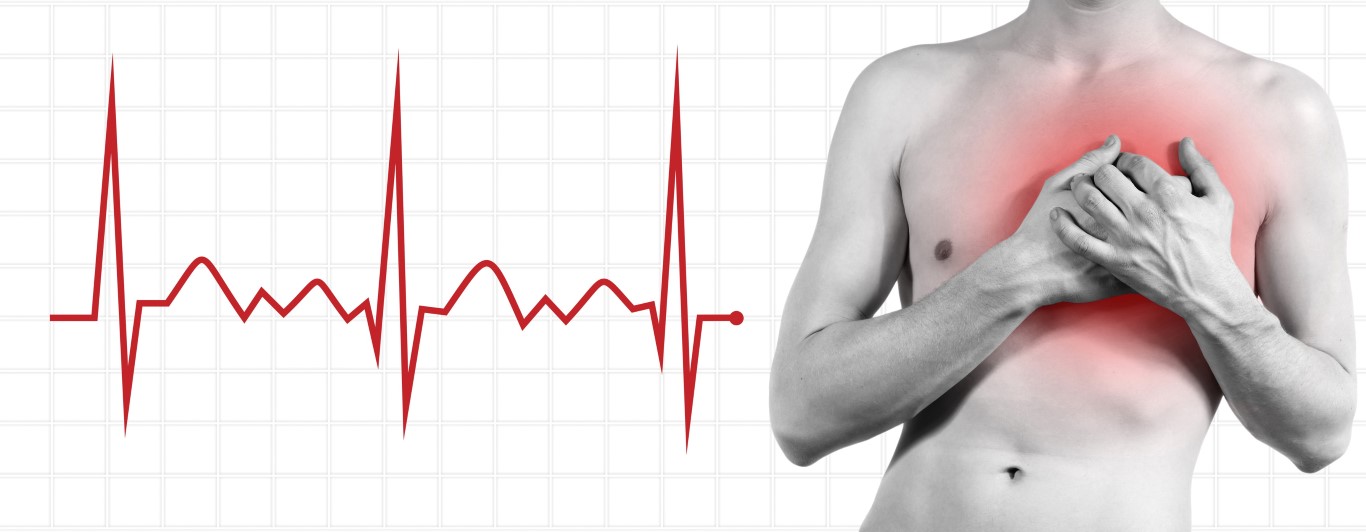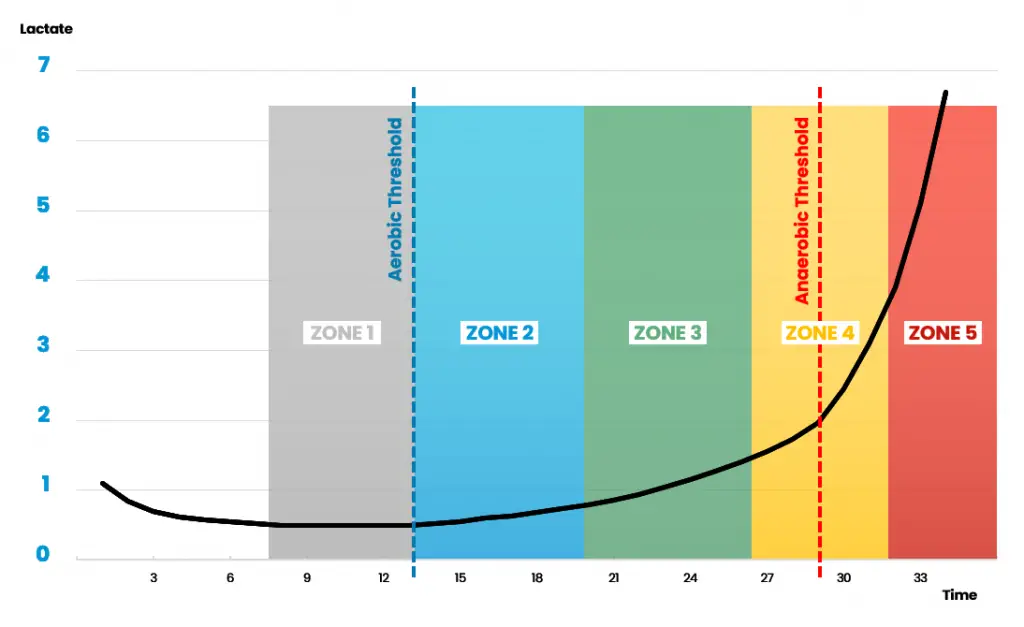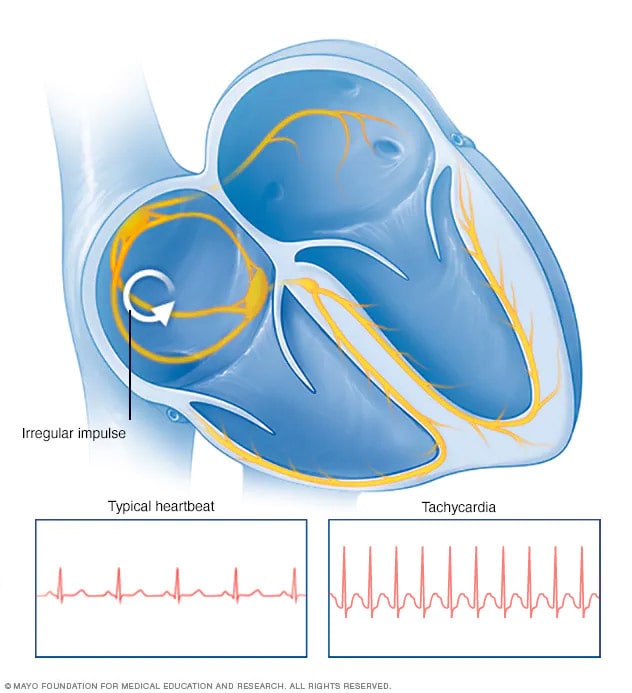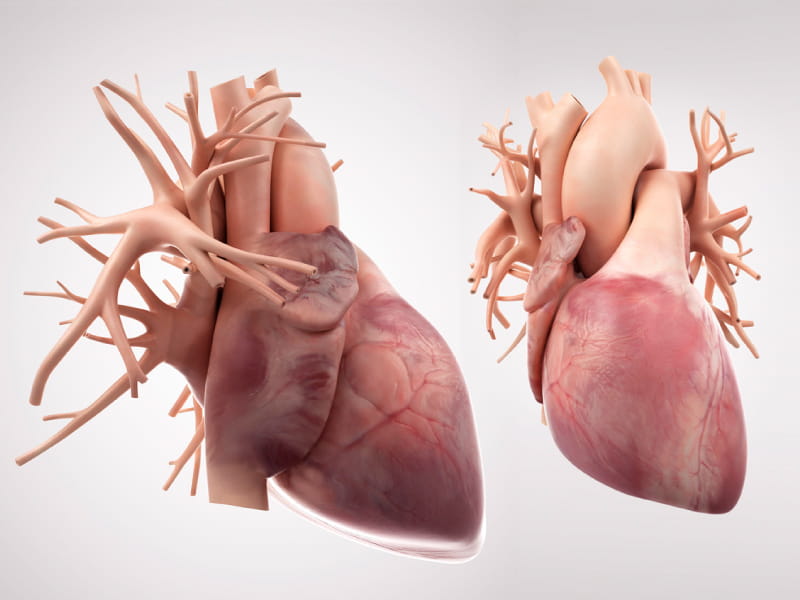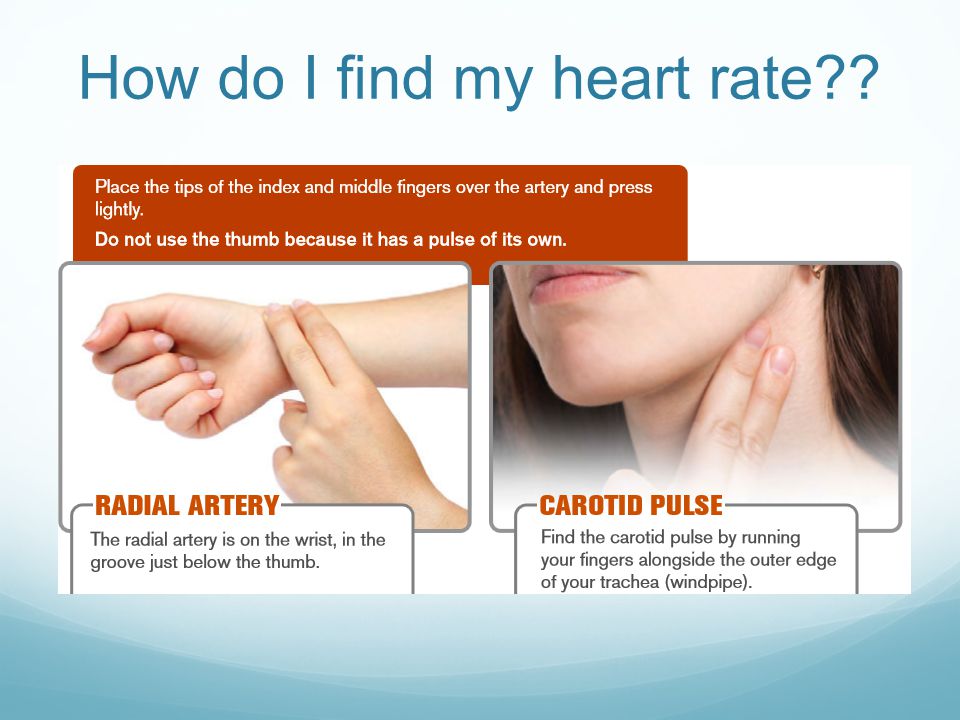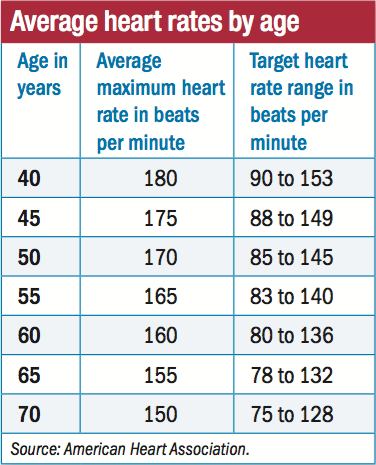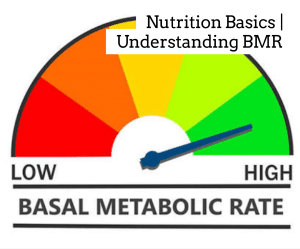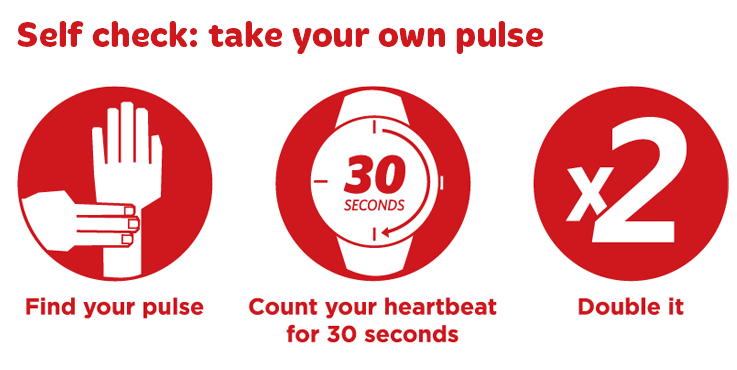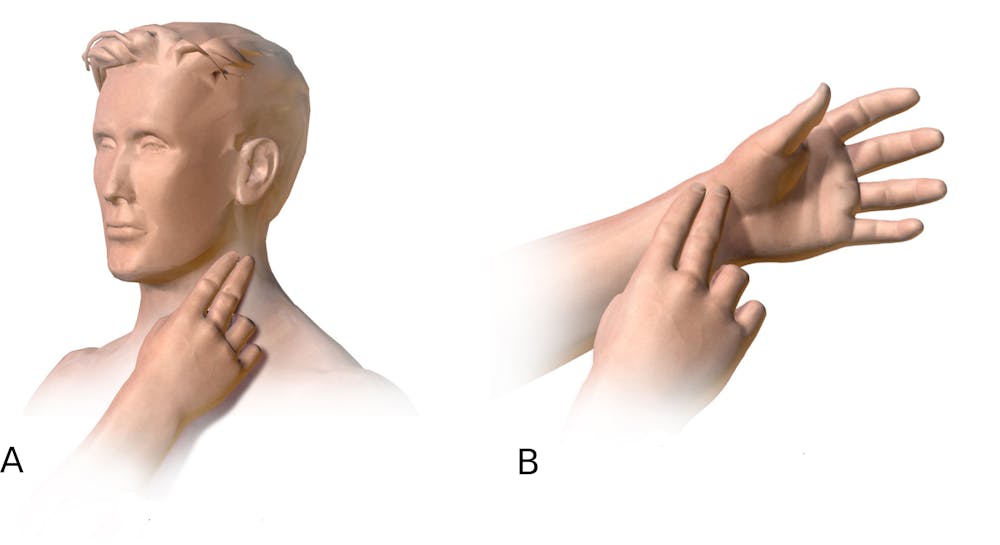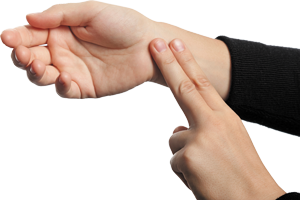You can check your resting heart rate by holding two fingers against one of your pulse points for a minute and counting the number of beats. A person can calculate their maximum heart rate by.
 How To Calculate Your Target Heart Rate 9 Steps With Pictures
How To Calculate Your Target Heart Rate 9 Steps With Pictures
Place your index and third fingers on your neck to the side of your windpipe.

How to take your resting heart rate. The side of the neck or front of the wrist are the easiest spots. Alternatively many devices such as the apple watch have the option to track your heart rate. Grab a stopwatch or a clock or watch with a second hand then find your pulse.
When you feel your pulse count the number of. You can locate your pulse either in your radial artery on your wrist or at your carotid artery in your neck. Wait an hour after consuming caffeine which can cause heart palpitations and make your heart rate rise.
Or place the tips of your index and second fingers on your lower neck on either side of your windpipe. Resting heart rate will typically increase as you age and will be much faster in infants. The best time to take your resting heart rate is when you wake up before you get out of bed.
But if your resting heart rate is too slow a condition called bradycardia it could mean there is electrical trouble with your heart according to Michigan MedicineIf you arent a trained athlete and your resting heart rate is below 60 BPM you should consult with a doctor according to the. Press lightly with your fingers until you feel the blood pulsing beneath your fingers. You can also measure your heart rate HR right after exercise to track your maximum heart rate.
Estimate your Maximum Heart Rate HR max using the given formula. The best places to find your pulse are the wrists inside of your elbow the side of your neck or the top of your foot. Do not measure your heart rate within one to two hours after exercise or a stressful event.
Choose the spot that works best for you. Count your pulse for 30 seconds and multiply by 2 to find your beats per minute. For a resting heart rate measurement you should also follow these steps.
You can measure your heart rate simply by checking your pulse. For most people however a target resting heart rate is between 60 and 100 beats per minute bpm. HRmax 2069 67 x 20 HRmax 194bpm 3.
What Are the Best Places to Check Pulse. However technology can help provide a more accurate reading. Your heart rate can stay.
Your resting heart rate is best measured when you first wake up in the morning before your feet leave the sheets. How to take your pulse Place the tips of your index second and third fingers on the palm side of your other wrist below the base of the thumb. Then count the number of beats in 30 seconds.
Lie down on your back. Heres how to determine your heart rate. To check your pulse at your wrist place two fingers between the bone and the tendon over your radial artery which is located on the thumb side of your wrist.
Check your RHR at the same time and in the same rested state every day to get an accurate reading. Take your pulse on the inside of your wrist on the thumb side. Take your Resting Heart Rate RHR It is best to take it for 30 to 60 seconds when you are relaxed that is after getting up from bed in the morning.
Once you feel the pulse count the beats for 30 seconds and multiply by two in order to get beats per minute bpm. The American Heart Association AHA recommends taking your resting heart rate when you wake after a good nights sleep. First find your pulse.
Place two fingers either at your wrist or your neck. In general a low resting heart rate signifies your ticker is performing its job with relative ease. Use the tips of your first two fingers not your thumb and press lightly over the artery.
5 steps to measure your resting heart rate Put on the soft strap with the heart rate sensor. HR max 2069 67 x age in years For example we can estimate a 20-year-old maximal heart rate in the following. The best time to find your resting heart rate is in the morning after a good nights sleep and before you get out of bed1.
